Better data collection and public reporting can support improvement and accountability, part VI
This is the sixth part of a series examining the policy barriers and solutions to reducing surgical wait times in Canada. The series has been adapted from a research paper by Andrew Longhurst. The complete paper with reference list for the footnotes is available here.
Another barrier to public sector improvement is the lack of high-quality data collection and public reporting necessary for accountability. Wait times are highly politicized and provincial governments are often reluctant to prioritize better data collection, public reporting, and collaboration with CIHI and the federal government in addressing data gaps. The 2004 Health Accord committed provinces and territories to establishing 10 wait time benchmarks for five priority areas: cancer, cardiac, diagnostic imaging, joint replacement, and sight restoration.
Significant improvements in provincial data collection and reporting have been made since 2004. However, few provinces publicly report wait times beyond hip and knee replacements, hip fracture repair, cataracts, and radiation therapy. National benchmarks have not yet been established for bypass surgery, CT scans, MRI scans or cancer surgeries. Governments therefore have not delivered on their 2004 commitments, or expanded wait time reporting beyond surgeries and diagnostic imaging. By comparison, Scotland – a global leader in wait time reporting – publicly reports data for over 10 surgical and non-surgical areas, including waits for musculoskeletal care from allied health professionals and mental health care.[1] Scotland also reports wait times for the entire surgical journey – from referral from primary care to surgery consultation (Wait 1) and from surgery booking to completion (Wait 2).
Robust data collection and reporting enables policymakers and administrators to determine whether there is sufficient capacity in the system to meet demand, and to identify bottlenecks. The collection and use of high-quality data can support governments to proactively identify which parts of the system are struggling, and more effectively target policy interventions.
[1] See Scotland’s extensive public wait time data reporting at https://www.isdscotland.org/Health-Topics/Waiting-Times/index.asp.


